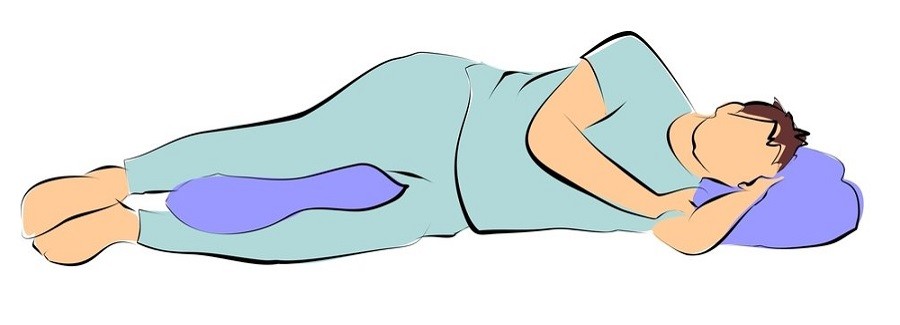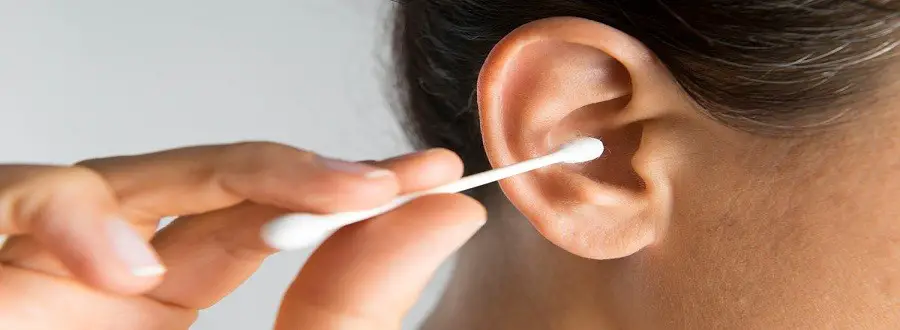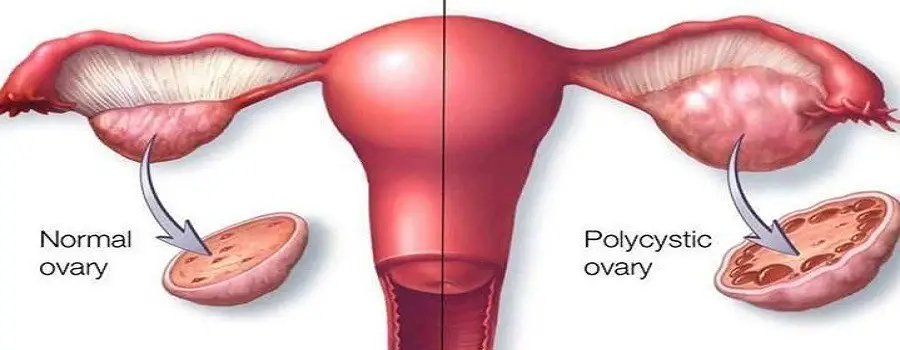Last Updated on November 8, 2019 by Emma White
Better sleeping positions mean better rest – here’s a guide to some that could suit you and mean a more comfortable night’s rest.
#1. Sleep on your back with knee support
Usually lying on your back is considered one of the best sleeping positions to have a healthy back.
That position distributes weight evenly the entire length of the body’s biggest surface. Also, it minimizes your pressure points and helps to ensure good alignment of your spine, neck, and head.
Putting a small pillow under your knees can give you extra support and help with maintaining your spine’s natural curve. It is important that you have a supportive mattress, take a look at the koala mattress.
To adopt this specific sleeping position:
Lie down on flat on your back and face the ceiling, do not twist your head sideways.
Put a pillow in a position to support your neck and head.
Put a pillow under your knees.
For added support, fill any other gaps in between the mattress and your body with extra pillows, like under your lower back.
#2. Sleep on your side while having a pillow in between your knees
Although it is comfortable and popular to sleep on your side, it may pull your spine out of the proper position, which can strain your lower back.
It is easy to correct this. Anybody who sleeps on the side can put a firm pillow in between their knees. Doing that raises your upper leg, and then restores the natural alignment of the spine, pelvis, and hips.
To adopt that sleeping position:
Get in bed and roll onto one side carefully.
Put a pillow into a position to support your neck and head.
Pull up your knees slightly and then put a pillow in between them.
For added support, fill up in any gaps between the mattress and your body with even more pillows, particularly at your waist. People who turn to sleep onto their front habitually might want to also try to hug a big pillow against their stomach and chest to help sleep and so that their back is kept aligned.
#3. Sleep in the fetal position
Sleeping in a curled-up fetal position might help people who have a herniated disc. For individuals who have a herniated disc, when you adopt a curled-up position it might provide relief throughout the night. That is due to lying on your side with your knees tucked into your chest reduces bending your spine and also helps to open the joints up.

To adopt that sleeping position:
Get into your bed and roll onto one side carefully.
Position a pillow in order to support your neck and head.
Draw your knees up toward your chest until your back is fairly straight.
#4. Sleep on your front with a pillow under your stomach
Usually when you lie on the front of your body is considered to be the worst sleeping position. However, for people who struggle to all asleep in other positions, put a slim pillow under your hips and stomach can help to improve your spinal alignment.
Sleeping on your front can also benefit individuals who have degenerative disc disease or have a herniated disc.
To adopt that sleeping position:
Get in bed and then roll onto your front.
Put a slim pillow under your hips and abdomen to raise up your mid-section.
Sleep on a flat pillow for your head or don’t use one.
#5. Sleep on your front with your head face down
An additional reason why it is considered bad to sleep on your front is due to the fact that the head is normally turned to the side. That twists your spine and puts added stress on your back, shoulders, and neck.
To avoid that, try to lay face down. A firm but small pillow or a rolled-up towel may be used for propping up the forehead and allows room to breathe. That can be done along with putting a pillow under your stomach.
To adopt that sleeping position:
Get in bed and roll on your front.
Put a slim pillow under your hips and abdomen to raise your mid-section. Put a rolled-up towel or pillow under your forehead to add sufficient breathing space in between your mattress and mouth. Here we recommend you to check the best mattress for eds.
#6. Sleeping on your back in the reclined position
When you sleep in the reclined position it might help your lower back pain, especially for individuals who have isthmic spondylolisthesis.
When significant relief is experienced from resting in a recliner, it might be worthwhile to invest in an adjustable bed that you can position as needed.






